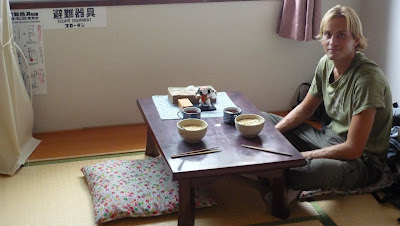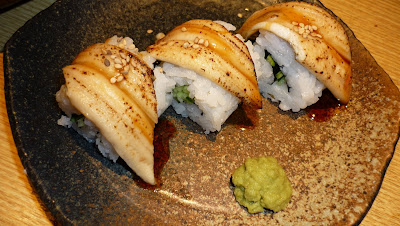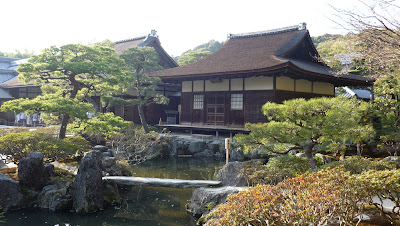We decided to head back to the hostel and wait it out, but luckily there was a very friendly member of staff there who let us leave our bags so we could head for the museum.
The Hiroshima Peace Memorial Museum is dedicated to educating visitors about the bomb. The Museum has exhibits and information covering the build up to war, the role of Hiroshima in the war up to the bombing, and extensive information on the bombing and its effects, along with substantial memorabilia and pictures from the bombing. It was fascinating but quite depressing and shocking so we delighted that we were able to hook up with Berin and Nic (a couple who had been living in Japan for 6 years) that night to see another side of Hiroshima.
We ate our way through numerous tasty dishes and had a fantastic time chatting about the complexity of the Japanese, from their need to belong to a group to their four costume changes as weddings!
After much Sake, beer and food we headed back to our hostel for a cosy sleep before jumping on another train.

Within the museum you can see all the letters that the governers of Hiroshima have written to numerous countries asking for an end to nuclear weapons

The bomb

Near the center of the memorial park is a concrete, saddle-shaped monument that covers a cenotaph holding the names of all of the people killed by the bomb. The cenotaph carries the epitaph, "Rest in Peace, for the error shall not be repeated." The arch shape represents a shelter for the souls of the victims. The Memorial Cenotaph was one of the first memorial monuments built on open field on August 6, 1952.

Hiroshima

View of the museum

The Children’s

View of the atomic bomb dome, a building which was bombed during the war

A noddle snack in our room in J Hoopers, a very cute hostel in Hiroshima

After a draining day at the museum we met up with Berin and Nic for a bit of light relief. Here you can see Sake being poured from the giant bottles it often comes in. Just a few glasses are enough to give you a monster hang over!

Thank you Berin and Nic for introducing us to one of Japans more interesting dishes - Deep fried chicken cartilage - just a little bit crunchy!

Sushi with eel on top, yum!





























































